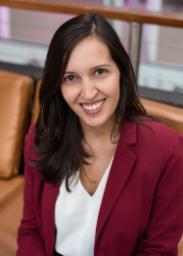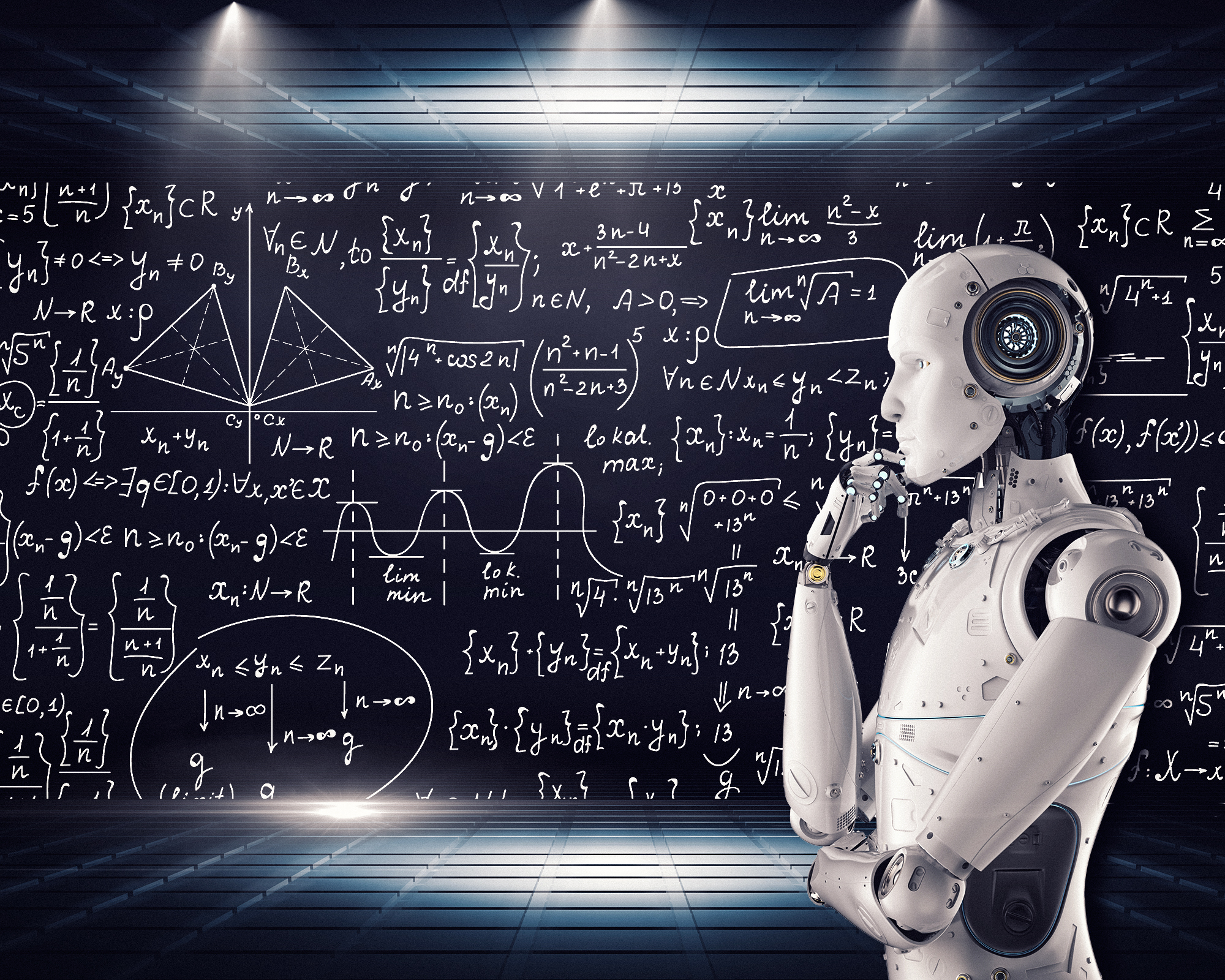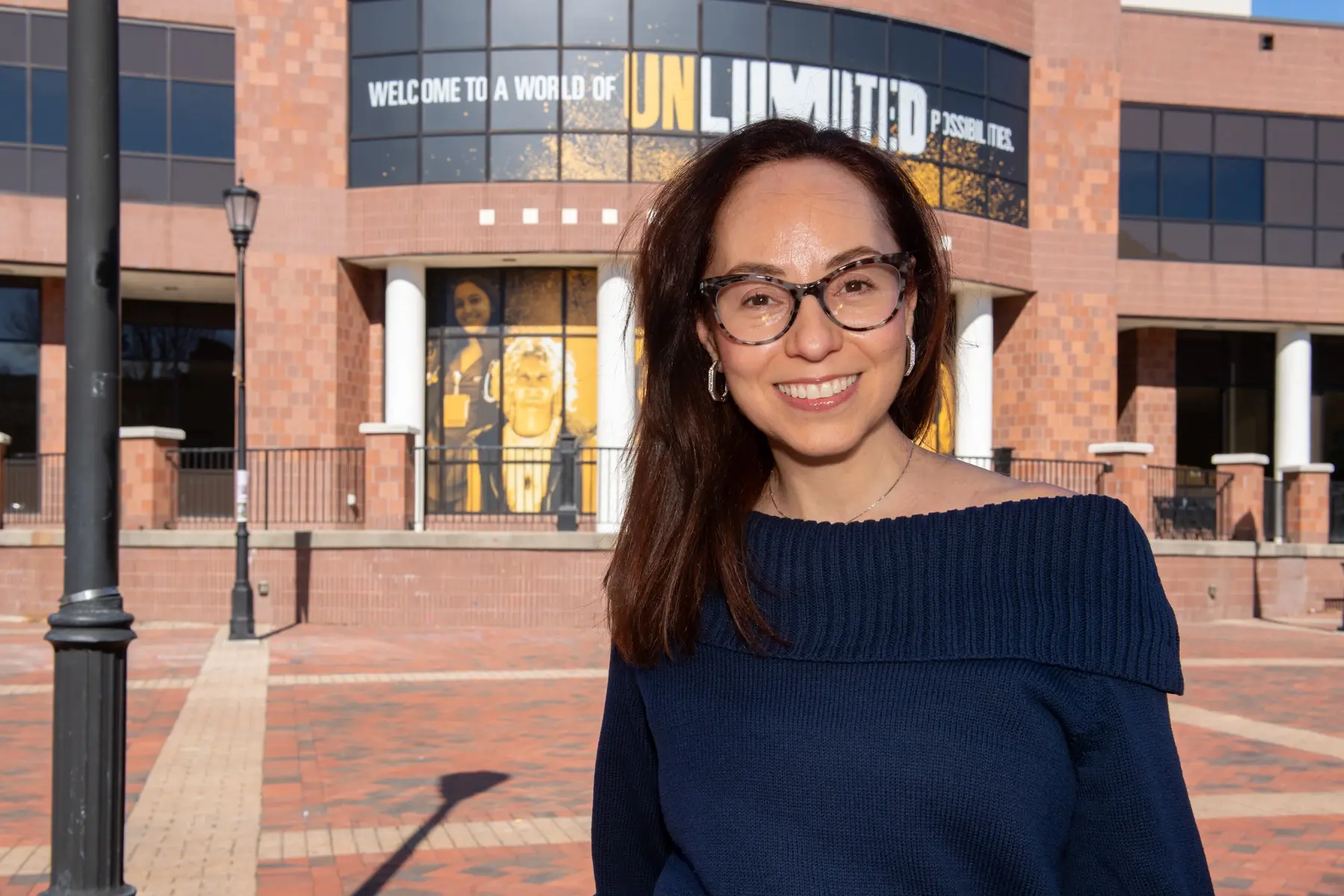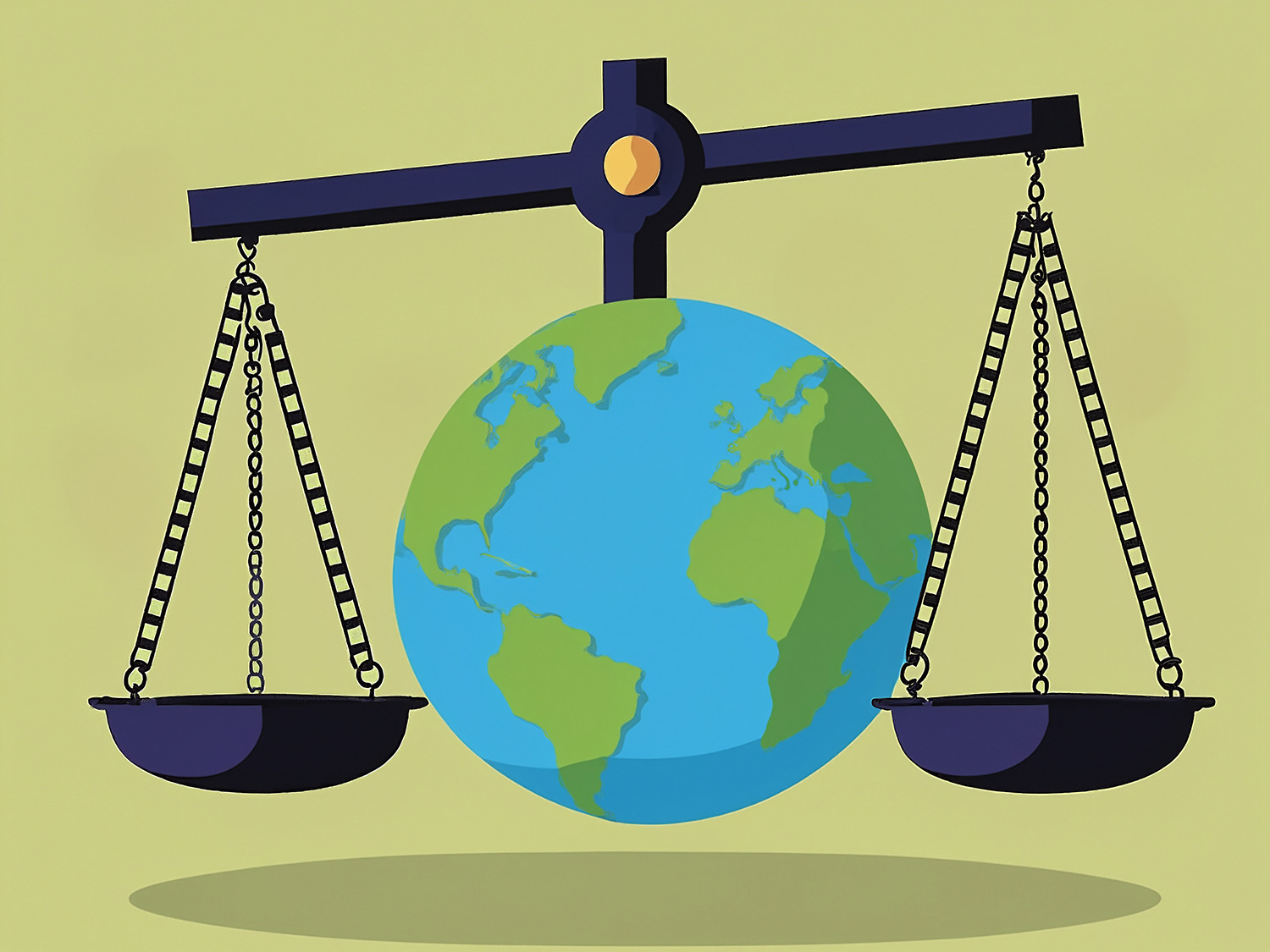by David Slipher
How will artificial intelligence impact the future? What do recent studies on the potential economic and social effects of AI, such as job displacement, skill shifts, and worker opportunities, portend for the future? What policies can be implemented to mitigate negative impacts, foster worker adaptability and ensure inclusive growth?
Luísa Nazareno, Ph.D., assistant professor at the Wilder School, covered each of these topics and more during a recent Wilder School Lunch and Learn virtual session, where she shared her expansive research on the convergent impacts of artificial intelligence.
Nazareno set the stage by providing a historical perspective of technological revolutions. She shared that technologies often advance in waves, most notably beginning with the Industrial Revolution, fueled by steam engines and railroads in the early 1800s. This was followed by electricity and assembly lines in the late 1800s and again with computers, semiconductors, and the internet in the latter half of the 20th century. Each revolution drove transformation in the way we structured employment in society but also overhauled opportunities for worker advancement.

“The reason why we can think of this moment as a new revolution is because new technologies that are developed and being developed really challenge the notions that we have about what workers can do, what humans can do.”
– Luísa Nazareno
“Certainly, technology does and can eliminate jobs, but it also generates new ones,” she said. “So I'll start by saying that a jobless future is not something that I anticipate would happen. In all of these waves, it's also important to notice that technology has led to prosperity and wealth.”
But these technological waves, she recognized, while creating better and healthier lives, provide no guarantees that prosperity will be shared equally across all groups. Nazareno views that a conscious perspective about sharing prosperity is vital to ensure that we have equity in our future. Part of this look forward relies on setting predictions, despite the uncertainty of outcomes.
Nazareno notes that our predictions still depend on the pace of technology adoption, how it is adopted, how we are responding to the impacts of this adoption, and the assumptions of predictive models. These models can help to forecast impacts on future productivity, GDP, risks to workers and employment sectors,
She shared that workers who are impacted by these changes may not be as marginalized as in previous revolutions and that AI might instead enhance their roles rather than replace them. Her research has revealed that, unlike former technological waves, AI may actually present more of a threat to higher-educated workers in many instances.
“OpenAI and others have been conducting studies that show that Generative AI specifically [with ChatGPT as the main example] can disproportionately benefit less experienced workers by making them more productive and helping them compete with the most experienced ones,” Nazareno said.
Nazareno’s presentation further highlight expectations for the future, as well as the policy responses to help protect workers and ensure equitable adopted of AI, She cited how more than 480 bills related to AI were introduced by legislatures across the U.S. in 2024 alone, ranging in scope, focus and adoption outcomes. She shared additional details on the impacts of the laws that have been enacted and also fielded audience questions.
“This should be a conversation where we have people wearing different hats at the same table,” Nazareno said. “And in this regard, my ongoing research is precisely trying to reach out and build bridges between academia and the policy world such that we can bring what we're talking about and what we're learning here to people making decisions, and hopefully that will help us make better decisions."
>>Watch the complete presentation on YouTube



